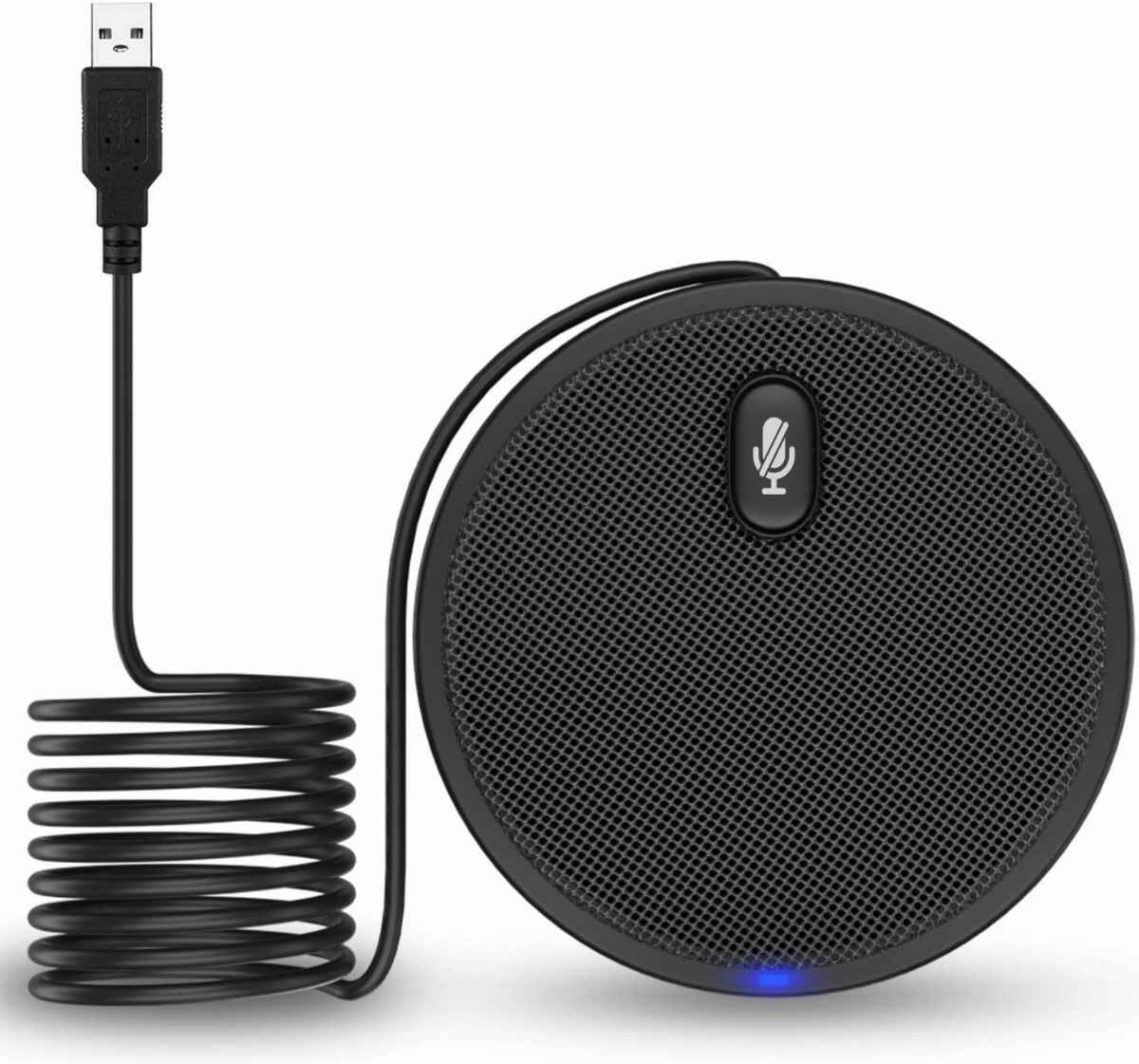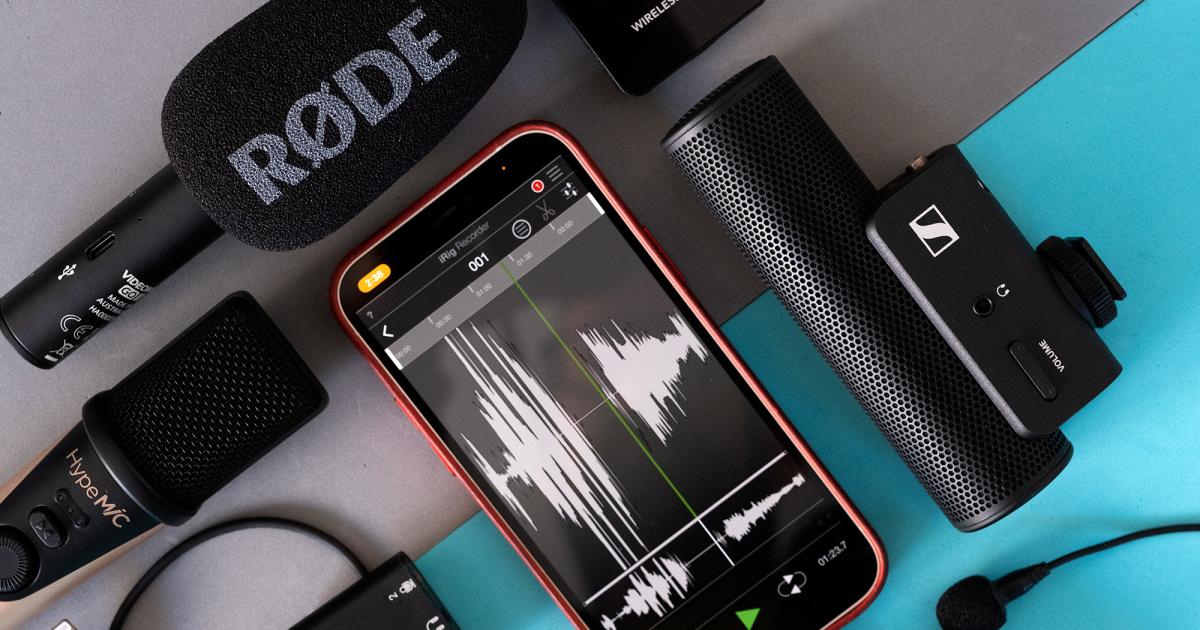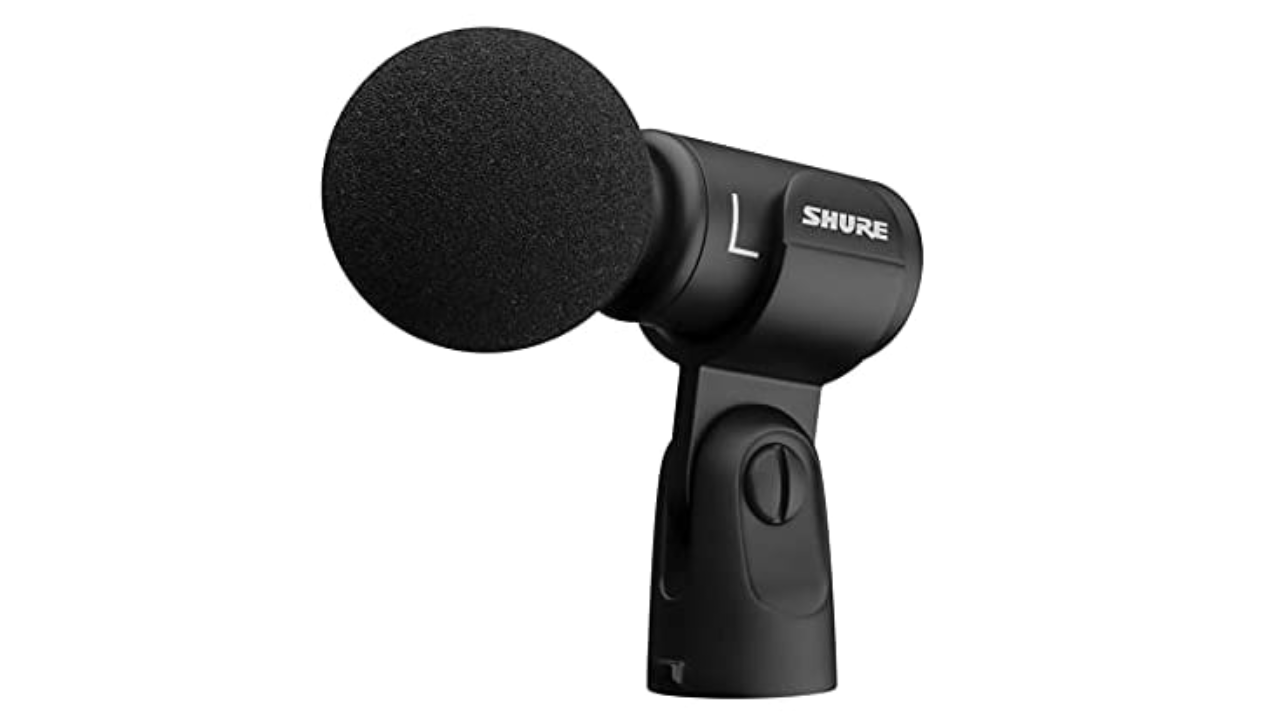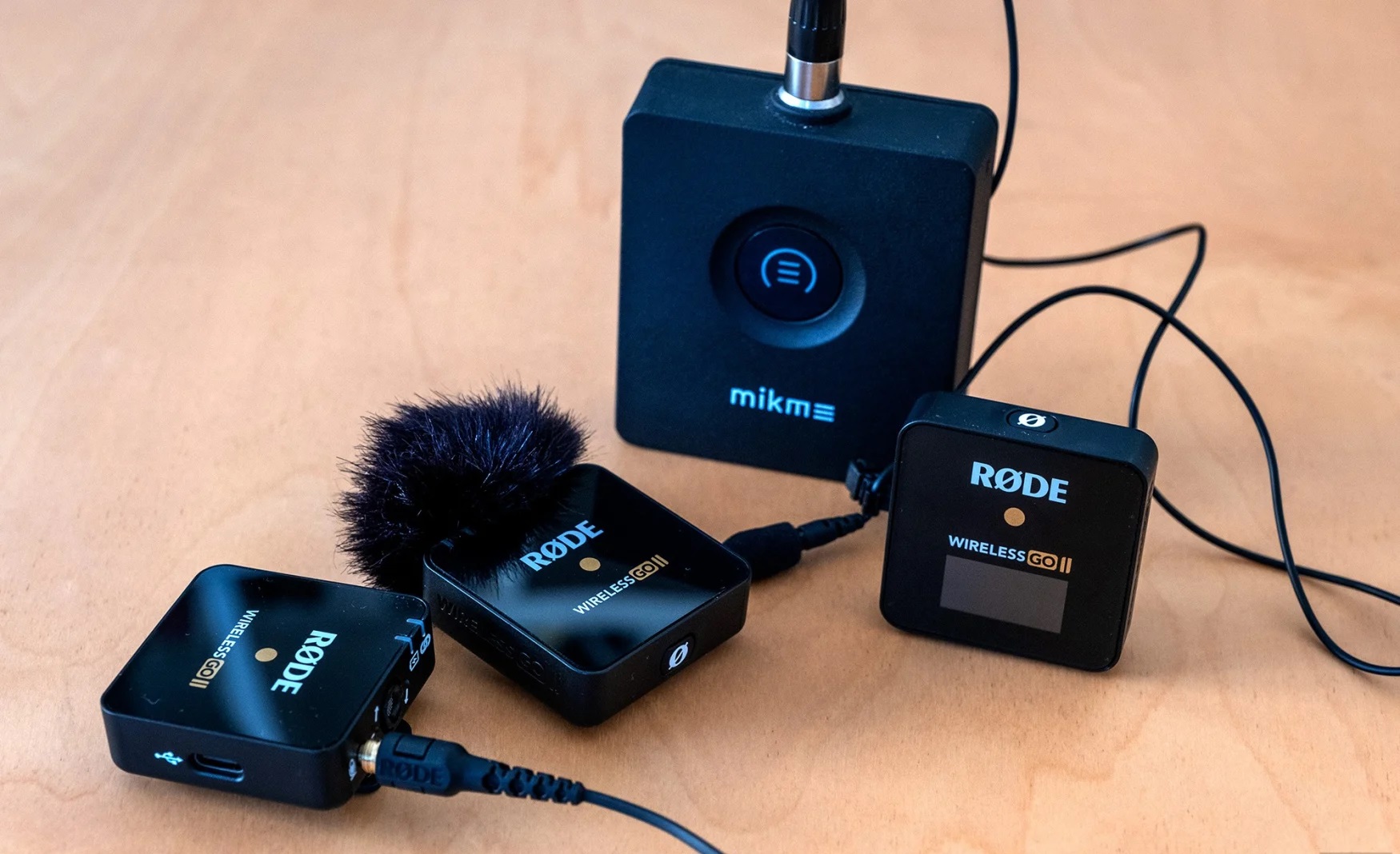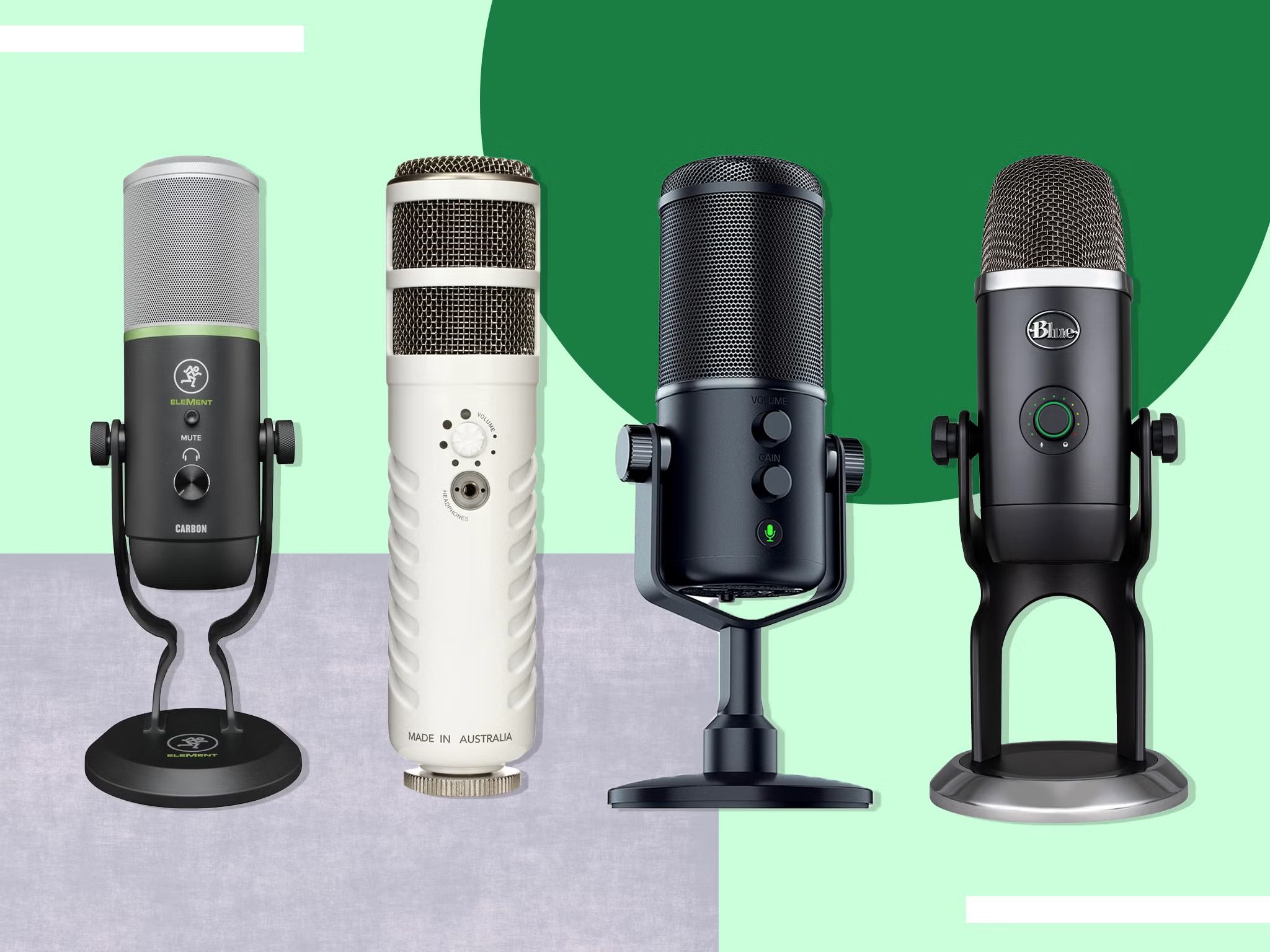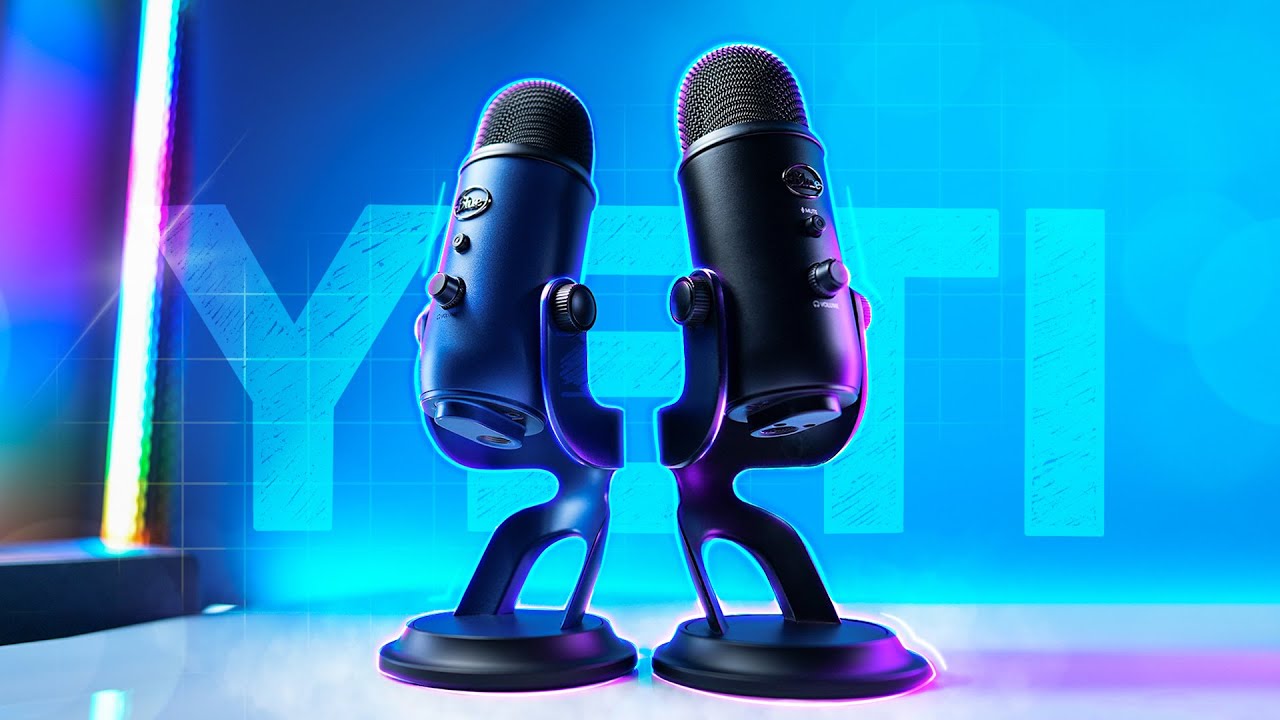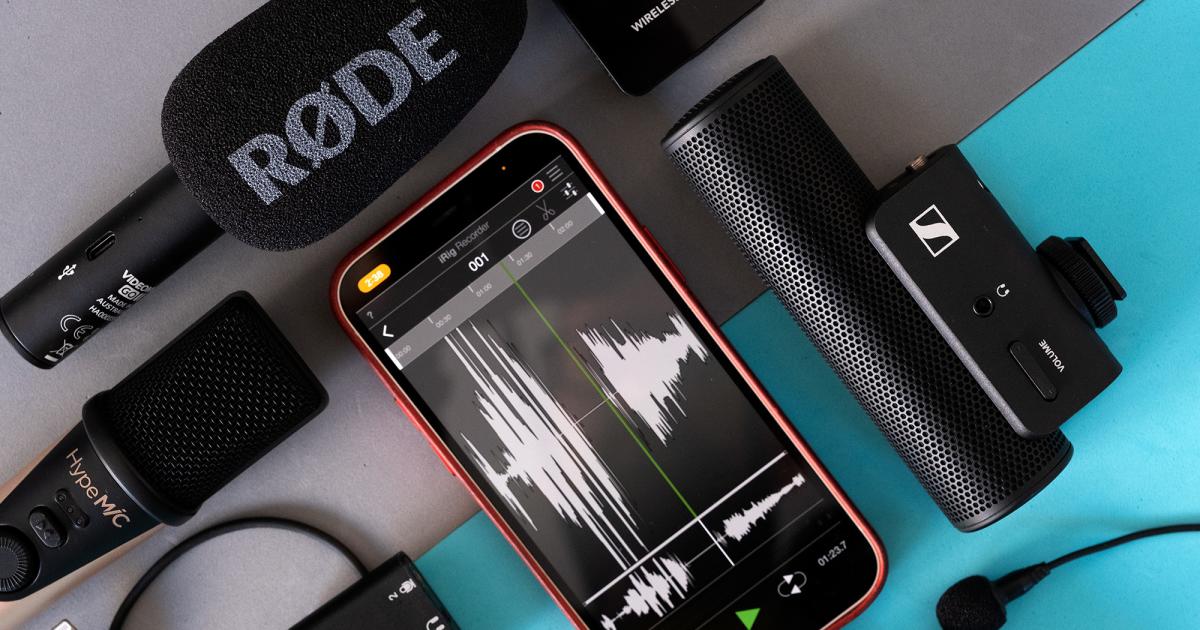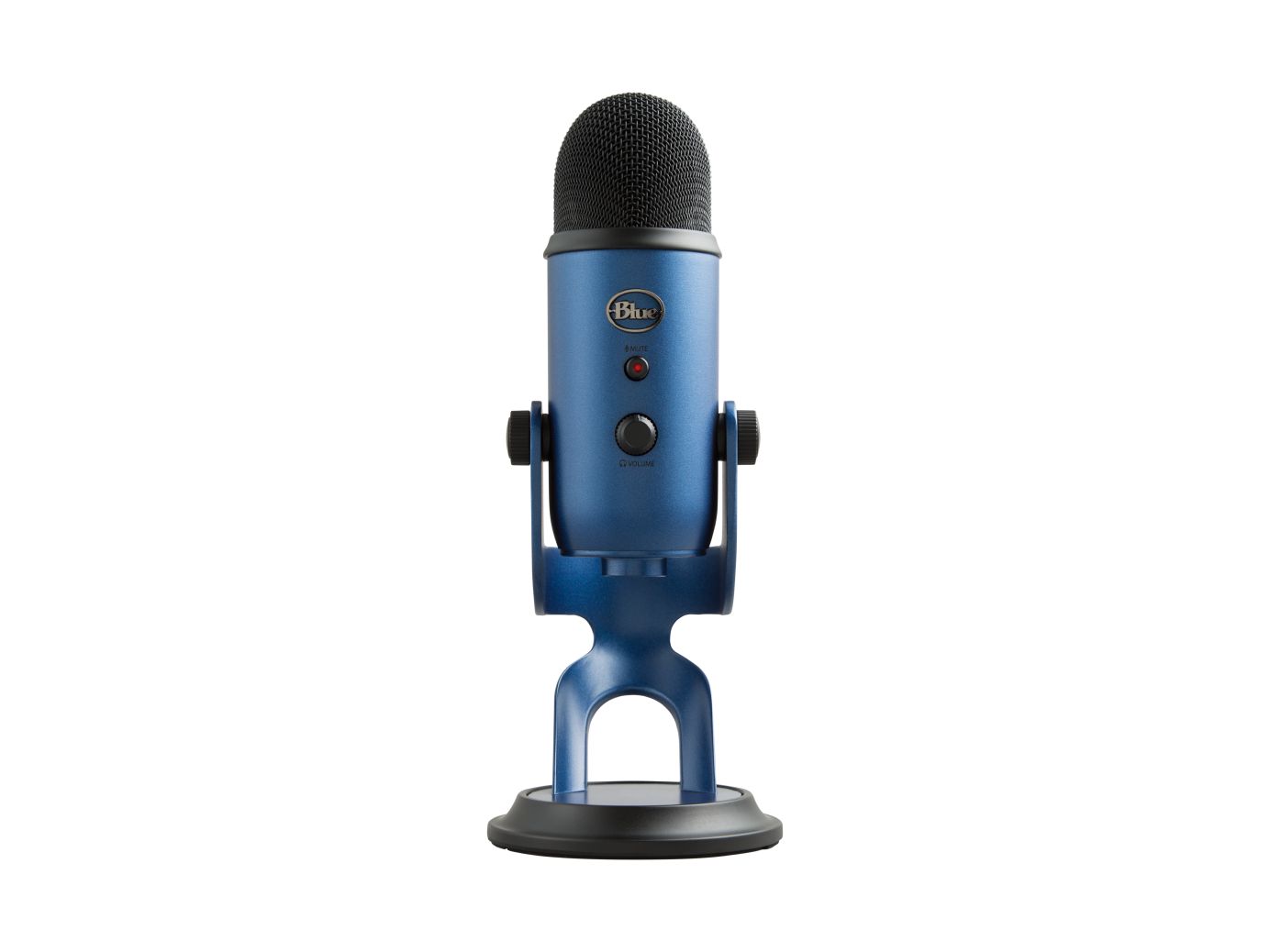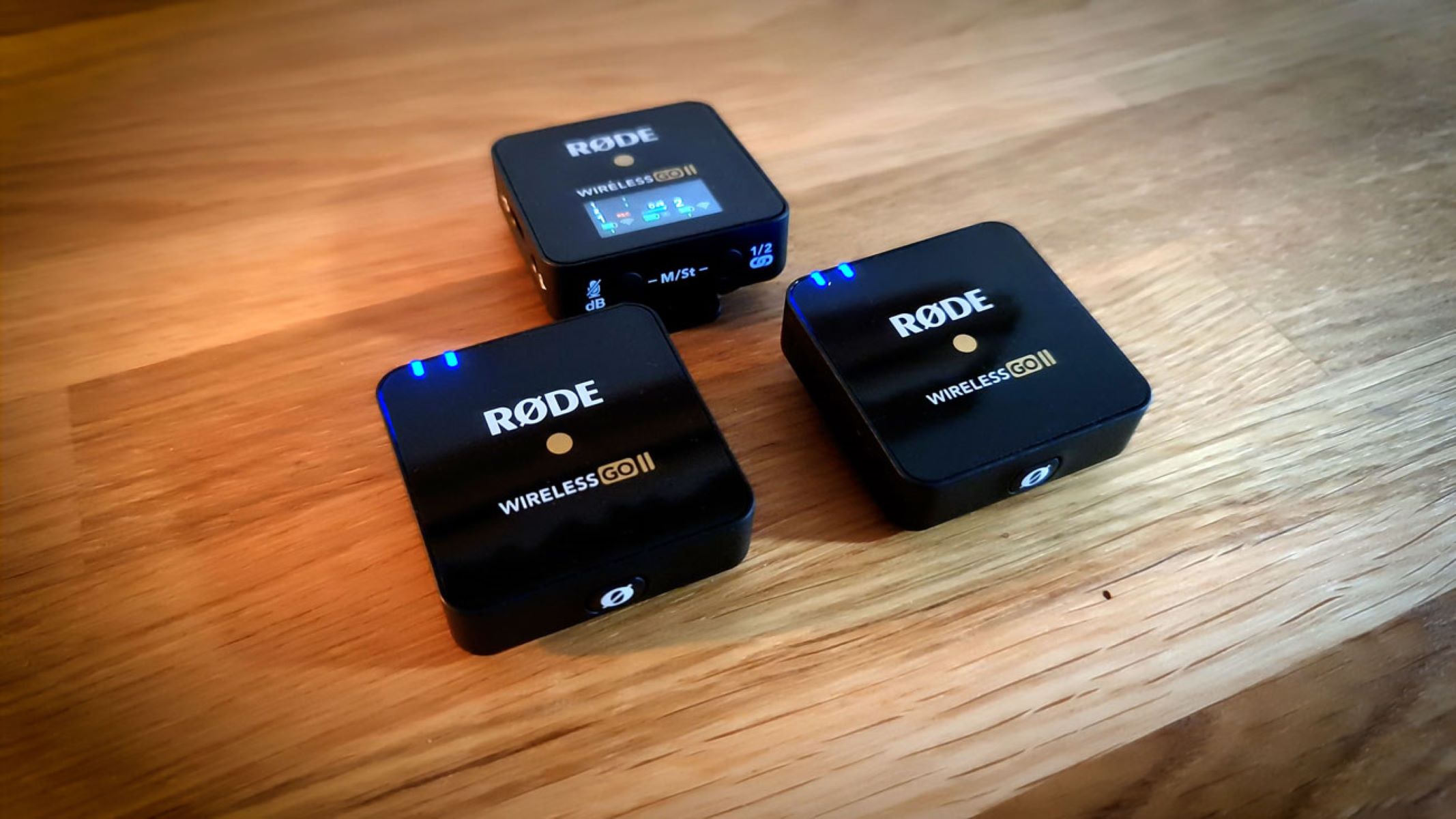Introduction
Welcome to the world of omnidirectional USB microphones! Whether you”re a professional voice artist, a podcaster, or simply someone who wants to enhance their audio recording capabilities, an omnidirectional USB microphone can be a game-changer. With its ability to capture sound from all directions, this type of microphone offers superior versatility and convenience compared to traditional unidirectional microphones.
But what exactly is an omnidirectional USB microphone, and how does it work? In this article, we will explore the ins and outs of this powerful audio tool, learn about its advantages, and discover some common uses. Additionally, we will provide you with tips on choosing the right omnidirectional USB microphone for your specific needs and share some expert advice on how to achieve the best sound quality.
Whether you”re a seasoned audio professional or new to the world of recording, this article will serve as a comprehensive guide to help you harness the full potential of omnidirectional USB microphones. So, let”s dive in and explore this exciting technology!
What is an Omnidirectional USB Microphone?
An omnidirectional USB microphone is a type of microphone that is designed to pick up sound from all directions equally. Unlike unidirectional microphones, which primarily capture sound from the front, omnidirectional microphones have a 360-degree pickup pattern, allowing them to capture sound from all angles.
USB (Universal Serial Bus) refers to the type of connection that these microphones use to connect to devices such as computers, laptops, or tablets. This USB connection allows for easy plug-and-play functionality, eliminating the need for additional audio interfaces or complicated setup processes.
The design of omnidirectional microphones ensures that they do not have a specific “front” or “back” orientation. This makes them ideal for situations where you want to capture sound from multiple sources or when you want to record in a room or space with natural ambience.
These microphones are typically equipped with condenser capsules, which provide high sensitivity and accuracy in capturing sound. They are designed to pick up a wide frequency range, ensuring that every detail of the audio is captured faithfully.
One of the key features of omnidirectional USB microphones is their convenience and ease of use. They are often compact and portable, making them perfect for on-the-go recording or podcasting. Additionally, they eliminate the need for bulky audio equipment and intricate setups, allowing you to focus on your content creation.
Now that we have a basic understanding of what an omnidirectional USB microphone is, let”s explore how it works and the benefits it offers in more detail.
How Does an Omnidirectional USB Microphone Work?
An omnidirectional USB microphone utilizes a unique design and technology to capture sound from all angles. At its core, it consists of a condenser capsule, an analog-to-digital converter, and a USB connection.
The condenser capsule is the heart of the microphone. It contains a diaphragm that vibrates in response to sound waves. When sound waves hit the diaphragm, it moves and generates an electrical signal proportional to the sound’s intensity. This signal is then sent to the analog-to-digital converter.
The analog-to-digital converter (ADC) converts the analog electrical signal into a digital signal that a computer or other devices can understand. This conversion process allows the microphone to transmit the audio data through the USB connection. The ADC also plays a crucial role in maintaining the quality of the audio by preserving the dynamic range and minimizing signal degradation.
Once the digital signal is transmitted to the computer or device, it can be processed and used for various purposes. Whether you”re recording vocals, conducting interviews, or participating in virtual meetings, the omnidirectional microphone ensures that all sound sources are captured with accuracy and clarity.
The 360-degree pickup pattern of the microphone allows it to capture sound evenly from all directions. This is achieved through the use of carefully designed acoustic ports or vents located around the microphone housing. These ports enable sound waves to enter the microphone from all angles, ensuring consistent and balanced audio capture.
It is important to note that while the omnidirectional microphone is excellent for capturing sound from multiple sources, it is also more susceptible to background noise. Since it picks up sound from all directions, it will capture ambient noise and room reverberation along with the desired sound sources. Therefore, it is crucial to carefully consider the recording environment and use appropriate techniques to minimize unwanted noise.
Now that we understand how an omnidirectional USB microphone works, let”s explore its advantages and the various ways you can benefit from using one.
Advantages of Using an Omnidirectional USB Microphone
Using an omnidirectional USB microphone offers several advantages that make it a popular choice for content creators, podcasters, voice artists, and individuals seeking a versatile and hassle-free recording solution.
1. 360-Degree Sound Capture: The primary advantage of an omnidirectional USB microphone is its ability to capture sound from all directions. This makes it ideal for recording interviews, roundtable discussions, or any situation where multiple sound sources need to be captured simultaneously. It eliminates the need for multiple microphones and ensures that everyone’s voice is captured clearly and equally.
2. Natural Ambience: Omnidirectional microphones excel at capturing the natural ambience of a room or space. If you want to create a podcast or recording with a sense of space or immersion, an omnidirectional microphone will pick up the room reflections, giving a more realistic and authentic sound.
3. Ease of Use: USB microphones are designed for plug-and-play functionality, and omnidirectional USB microphones are no exception. They can be easily connected to a computer or other devices without the need for additional audio interfaces or complex setup procedures. Simply plug it in, select it as the audio input device, and start recording.
4. Portability: Many omnidirectional USB microphones are compact and lightweight, making them highly portable. Whether you”re recording on the go or taking your microphone to different locations, its compact size allows for easy transportation and setup wherever you may need it.
5. Versatility: The omnidirectional pickup pattern lends itself to a wide range of applications. From podcasting and voiceovers to conference calls and musical instrument recording, an omnidirectional USB microphone can adapt to various scenarios with ease.
6. Cost-Effective: Compared to other types of professional microphones, omnidirectional USB microphones are often more affordable. This makes them an excellent choice for beginners or those working with a limited budget, without compromising on sound quality or functionality.
7. Compatibility: USB microphones are compatible with a range of devices, including computers, laptops, tablets, and even some smartphones. This versatility allows you to use your omnidirectional USB microphone with different devices, expanding your options for recording and content creation.
Overall, the advantages of using an omnidirectional USB microphone make it an attractive option for individuals and professionals looking for a reliable and versatile recording solution. With its ease of use, portability, and ability to capture sound from all directions, it can elevate the quality of your recordings and enhance your overall audio experience.
Uses of an Omnidirectional USB Microphone
Omnidirectional USB microphones have a wide range of uses and applications, making them indispensable tools for content creators, podcasters, musicians, and anyone who needs to capture high-quality audio. Let’s explore some of the common uses of these versatile microphones:
1. Podcasting: Omnidirectional USB microphones are ideal for podcasting as they can capture the voices of multiple hosts or guests in a roundtable discussion. Whether you’re recording in a studio or on location, an omnidirectional microphone ensures that everyone’s voice is evenly picked up, providing a seamless listening experience for your audience.
2. Interviews and Panel Discussions: When conducting interviews or panel discussions, using an omnidirectional USB microphone eliminates the need for multiple microphones. You can place the microphone in the center of the participants, allowing it to capture every voice clearly and reducing the complexity of setup.
3. Voiceovers and Narration: An omnidirectional USB microphone is well-suited for voiceover work, narration, or audio book recording. Its ability to capture sound from all directions ensures that your voice is captured with clarity, even if you move slightly while speaking.
4. Conference Calls and Video Conferencing: Omnidirectional microphones are great for conference calls and video conferencing, especially in a small meeting room. With its 360-degree pickup pattern, it can capture the voices of all participants, making it easier for remote attendees to hear and be heard.
5. Music Recording: While omnidirectional microphones are not typically the go-to choice for recording musical instruments or vocals in a professional recording studio, they can still be useful in certain situations. They are particularly well-suited for capturing ambient sound or room resonance, providing a more natural and immersive sound for specific genres or creative recording techniques.
6. Field Recording: If you’re out in the field capturing environmental sounds or creating soundscapes, an omnidirectional USB microphone is a valuable tool. It allows you to capture the natural ambience and soundscape of the location, whether it’s for documentary filmmaking, nature recordings, or sound design projects.
7. ASMR and Virtual Reality: Omnidirectional microphones are often used in ASMR (Autonomous Sensory Meridian Response) and virtual reality (VR) content creation. They are capable of capturing the full 3D audio experience, helping to immerse listeners in a realistic and lifelike environment.
These are just a few examples of the many uses of omnidirectional USB microphones. Their versatility and ability to capture sound from all directions make them essential tools for a wide range of audio recording applications.
Choosing the Right Omnidirectional USB Microphone for Your Needs
When it comes to choosing the right omnidirectional USB microphone, there are a few key factors to consider. Here are some important considerations to help you make an informed decision:
1. Sound Quality: Look for a microphone that provides high-quality sound capture. Consider the microphone’s frequency response, sensitivity, and signal-to-noise ratio to ensure accurate and clear audio reproduction.
2. Build and Durability: Consider the build quality of the microphone. Look for models made from sturdy materials that can withstand regular use. Additionally, consider factors such as portability and ease of setup, especially if you plan on taking the microphone on the go.
3. Connectivity and Compatibility: Ensure that the microphone has a USB connection that is compatible with your devices. Also, check if the microphone works with multiple operating systems or specific software that you plan to use for recording or streaming.
4. Control Features: Some omnidirectional USB microphones offer additional control features such as volume adjustment, microphone gain, and mute buttons. These features can provide added convenience and flexibility during recording sessions.
5. Price and Budget: Determine your budget and find a microphone that offers the best value for your money. Remember that more expensive doesn’t always mean better. Consider your specific needs and prioritize the features that are most important to you.
6. User Reviews and Recommendations: Read user reviews and seek recommendations from trusted sources to gauge the performance and reliability of different omnidirectional USB microphones. Learning from the experiences of others can help you make an informed decision.
7. Accessories and Bundled Software: Consider whether the microphone comes with any useful accessories such as a stand or a pop filter. Additionally, some microphones may offer bundled software or plugins that can enhance your recording experience.
Remember, choosing the right microphone is a personal decision based on your specific needs and budget. Take your time to research and compare different models before making a purchase.
By considering these factors, you can find an omnidirectional USB microphone that aligns with your requirements and helps you achieve the best sound quality for your recordings.
Tips for Getting the Best Sound Quality with an Omnidirectional USB Microphone
To ensure that you get the best sound quality when using an omnidirectional USB microphone, here are some tips and techniques you can follow:
1. Optimize Your Recording Environment: Find a quiet and acoustically treated space for recording. Minimize background noise, such as fans or air conditioning, and use soundproofing materials to reduce echoes and reverberation.
2. Position the Microphone Correctly: Experiment with microphone placement to find the optimal position. Consider the 360-degree pickup pattern and adjust the distance between the microphone and sound source(s) to achieve the desired sound balance.
3. Use a Pop Filter: A pop filter helps reduce plosive sounds (“p” and “b” sounds) and minimizes the occurrence of audible air blasts. This will result in cleaner and more pleasant recordings, especially for vocal recordings.
4. Adjust the Microphone Gain: Use the microphone gain control to optimize the input level. Avoid setting the gain too high, as it may introduce unwanted noise or distortion. Aim for a clean and balanced input signal.
5. Monitor and Adjust Levels: Monitor the audio input levels during recording to ensure they stay within an appropriate range. Avoid clipping, which occurs when the input level is too high and results in distortion. Adjust the microphone levels and sensitivities accordingly.
6. Experiment with Mic Techniques: Don’t be afraid to experiment with different microphone techniques to achieve the desired sound. You can try different angles, distances, and orientations to capture variations in sound character and ambience.
7. Edit and Post-Process: After recording, take the time to edit and post-process your audio. This can involve noise reduction, equalization, compression, and other techniques to enhance the overall sound quality and achieve the desired outcome.
8. Practice and Refine: Recording with an omnidirectional USB microphone may require some practice to master. Take the time to listen to your recordings, identify areas for improvement, and refine your approach. The more you practice, the better your recordings will become.
Remember, achieving optimal sound quality is a combination of using the right equipment, implementing proper recording techniques, and post-processing if necessary. By following these tips, you can maximize the potential of your omnidirectional USB microphone and produce professional-quality audio recordings.
Conclusion
Omnidirectional USB microphones are powerful tools that offer incredible versatility and convenience for content creators, podcasters, musicians, and more. With their ability to capture sound from all directions, these microphones open up a world of possibilities for recording high-quality audio in a wide range of applications.
In this article, we explored what omnidirectional USB microphones are and how they work. We discussed their advantages, including their 360-degree sound capture, natural ambience reproduction, ease of use, portability, and affordability. We also explored their various uses, from podcasting and voiceovers to music recording and ASMR.
When choosing an omnidirectional USB microphone, we highlighted the importance of considering factors such as sound quality, build and durability, connectivity and compatibility, control features, price, user reviews, and bundled accessories or software.
We also provided tips for getting the best sound quality with an omnidirectional USB microphone. These tips included optimizing the recording environment, positioning the microphone correctly, using a pop filter, adjusting the microphone gain, monitoring and adjusting levels, experimenting with mic techniques, and post-processing.
By following these tips and considerations, you can make informed decisions when choosing and using an omnidirectional USB microphone, and ensure that you capture the best possible sound quality for your recordings.
Whether you’re a professional or a hobbyist, the right choice of microphone can significantly impact the overall quality of your audio content. So, explore the options available, experiment with different techniques, and enjoy the enhanced audio performance that an omnidirectional USB microphone can bring to your recordings.







